What is a Combustible Dust?
Combustible dust can be found in most solid organic materials (such as sugar, flour, grain, wood, etc.), many metals, and some nonmetallic inorganic materials. Below are some of the materials that are known to pose a combustible dust hazard in one form or another. Some items on this list are present more often than others; still, all of them should be properly handled to prevent any combustible dust explosion.
What is a Combustible Dust Hazard?
Combustible dust hazard refers to the risk of ignition and explosion due to particles suspended in air, usually as a result of mechanical processing or handling of materials. Some examples of materials that can be a combustible dust hazard include flour, sugar, welding dust, pulverized coal, metal powders and grain dusts like corn and soybean dusts.
Combustible dust is any finely divided solid material in powder, granular, or particulate form which, when dispersed in air in sufficient quantities as determined by testing according to NFPA 654 and standard industry practices, is capable of igniting and continuing to burn. Examples include: Wheat flour – Metal Powders – Grain Dust – Wood Particles – Powdered Sugar.
What is the Technical Definition for Combustible Dust?
Combustible dust is defined as finely divided solid material (or particles) which, when suspended in air and exposed to an ignition source, can propagate a rapid combustion reaction. Typically, combustible dust is limited to particles with a nominal diameter of less than 500-microns. Materials may be sampled and tested for explosibility using a number of laboratory test methods which generally involve dispersing the sample into a cloud using compressed air and exposing the dust-air mixture to a high-intensity ignition source to see if observable flame or pressure develops.
Examples of Materials that May be Combustible
Sugar, flour, grain, wood, etc. Metals: aluminium, iron, magnesium Oxides: aluminium oxide (alumina), magnesium oxide (magnesia) Sulfur compounds: calcium sulfate (plaster of Paris), barium sulfate Nonmetallic inorganic substances: chromic acid mists; phosphate salts; boric acid mists
Industries and Workplaces that May Have Combustible Dust Materials
Dust explosions have occurred in many different types of workplaces and industries, including:
- Grain elevators
- Food production
- Chemical manufacturing (e.g. , rubber, plastics, pharmaceuticals),
- Woodworking facilities
- Metal processing (e.g. , zinc, magnesium, aluminum, iron)
- Recycling facilities (e.g. , paper, plastics, metals), and
- Coal-fired power plants
Dusts are created when materials are transported, handled, processed, polished, ground and shaped. Dusts are also created by abrasive blasting, cutting, crushing, mixing, sifting or screening dry materials. The buildup of dried residue from the processing of wet materials can also generate dusts. Essentially, any workplace that generates dust is potentially at risk.
The Occupational Safety and Health Administration (OSHA) has regulations in place to protect workers from potentially harmful work conditions. The most important rule in OSHA’s Standard for General Industry is its Permit-Required Confined Spaces standard, which covers all types of confined spaces including those with contaminants such as combustible or ignitable materials.
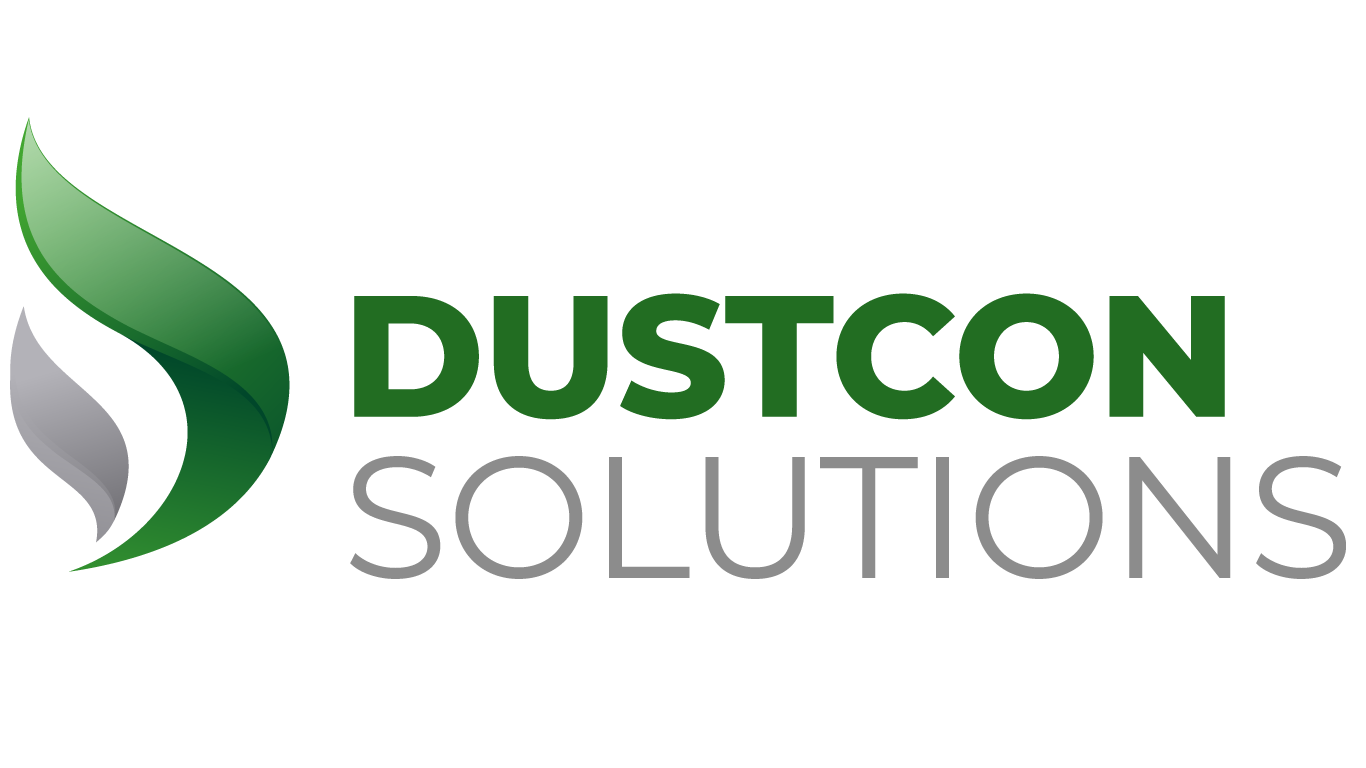



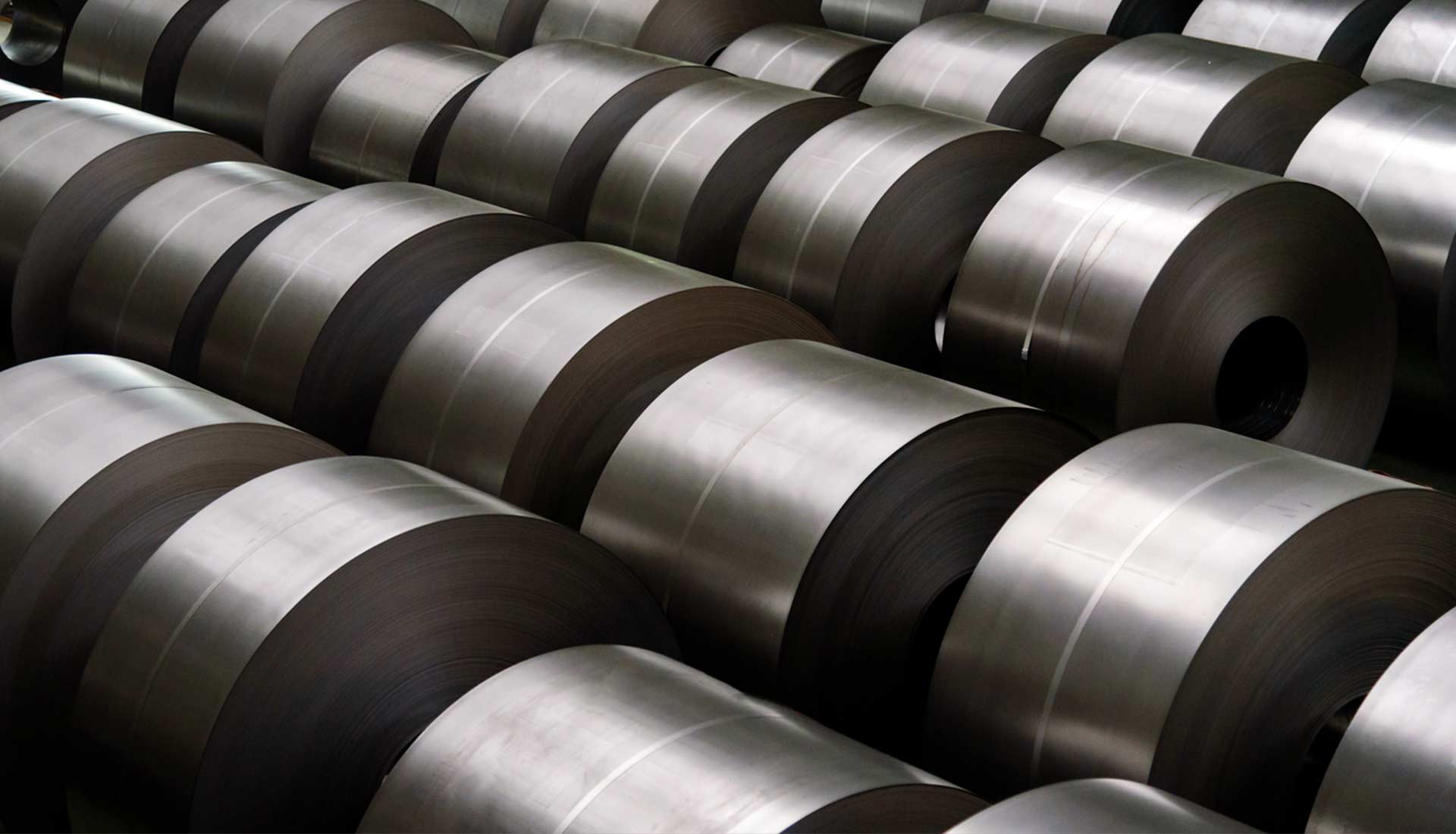
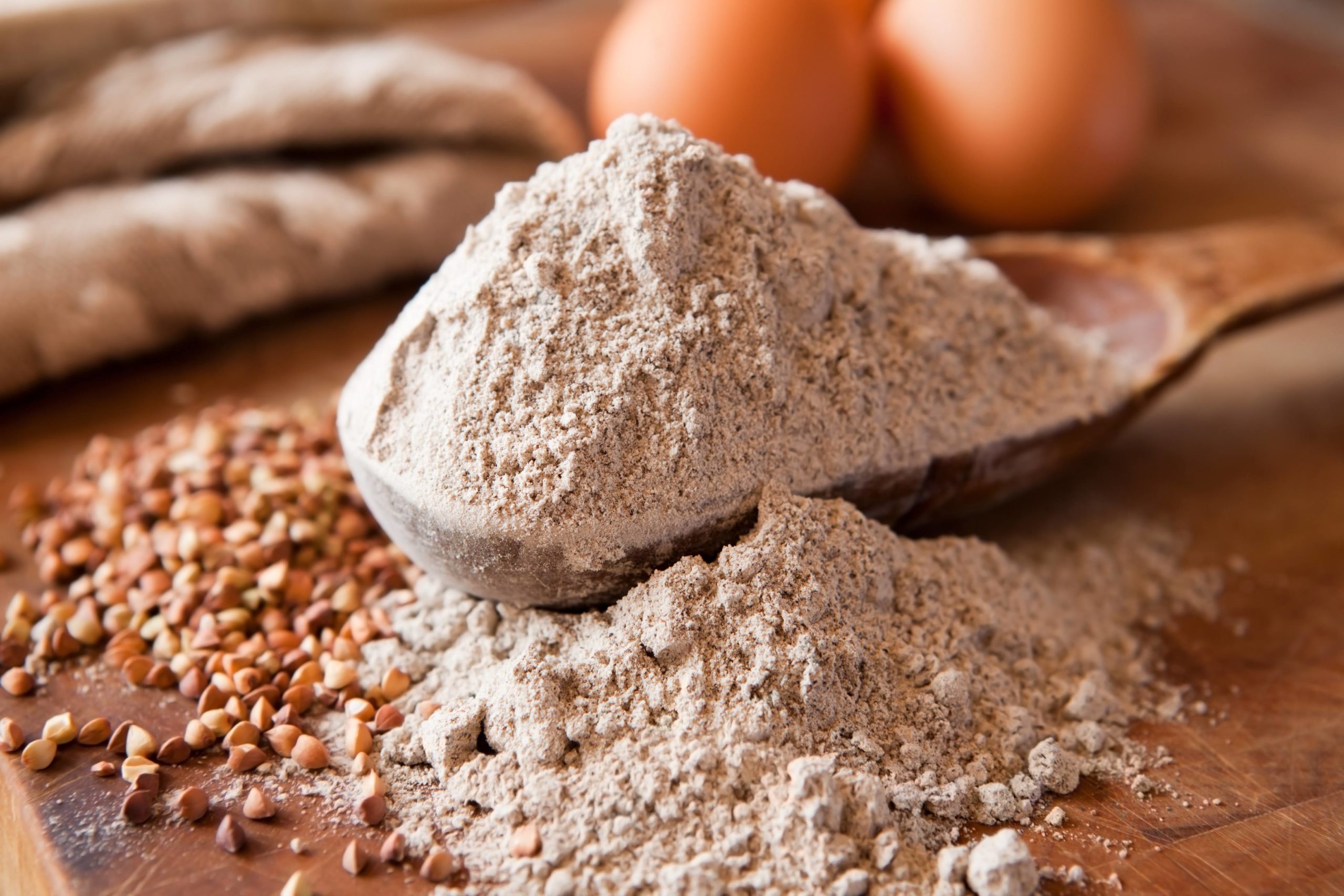
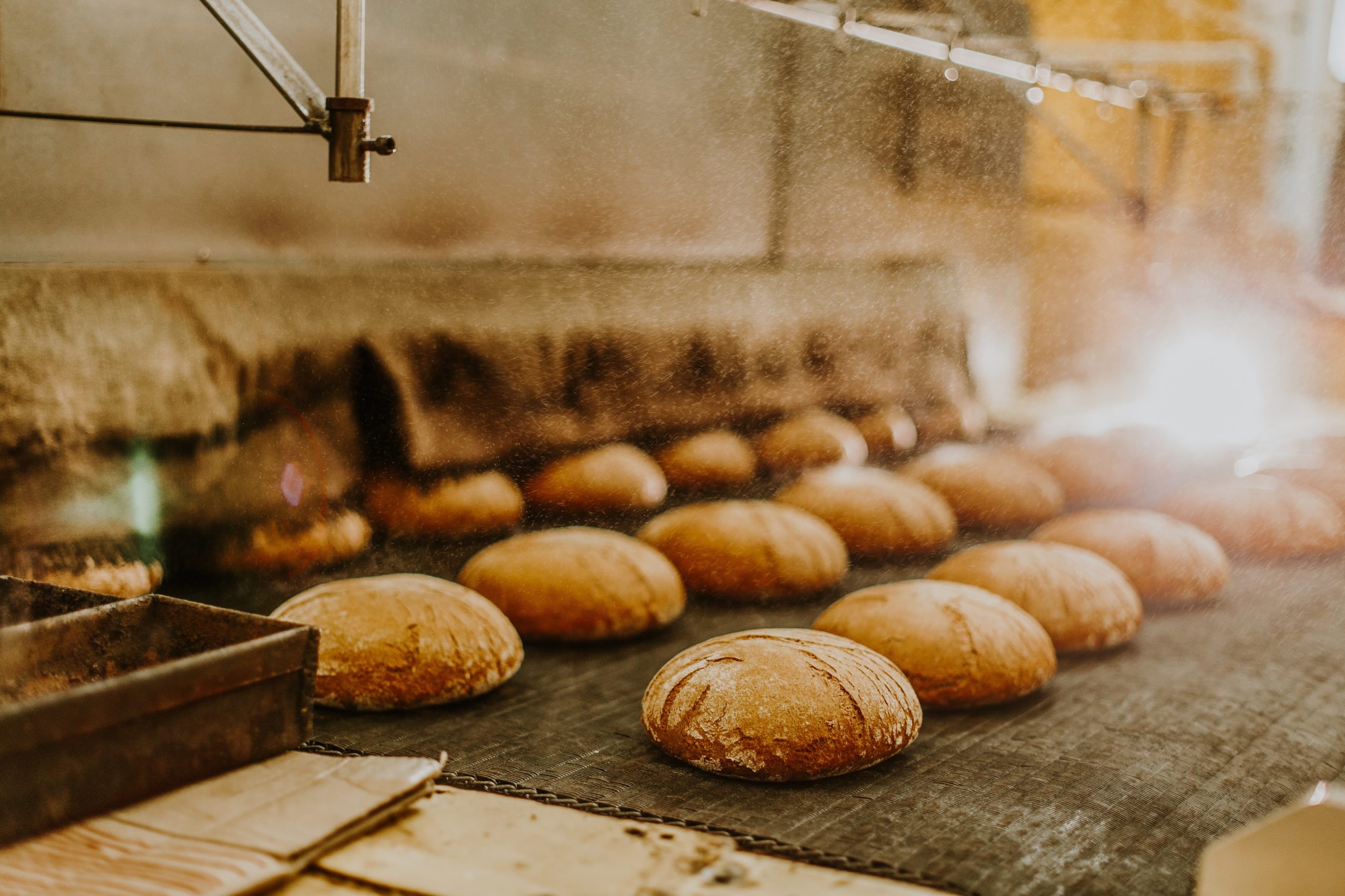
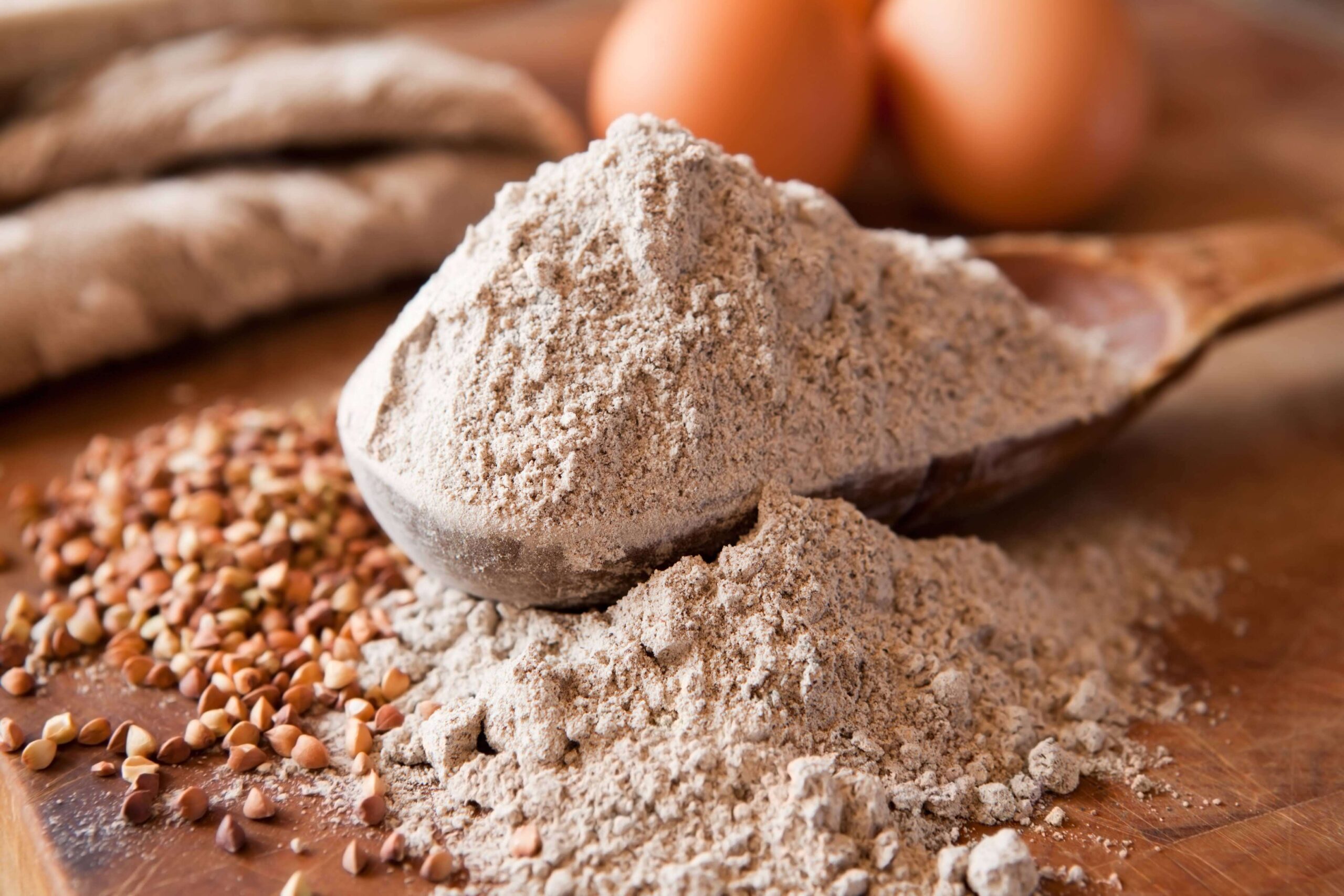









Trackback: My Homepage